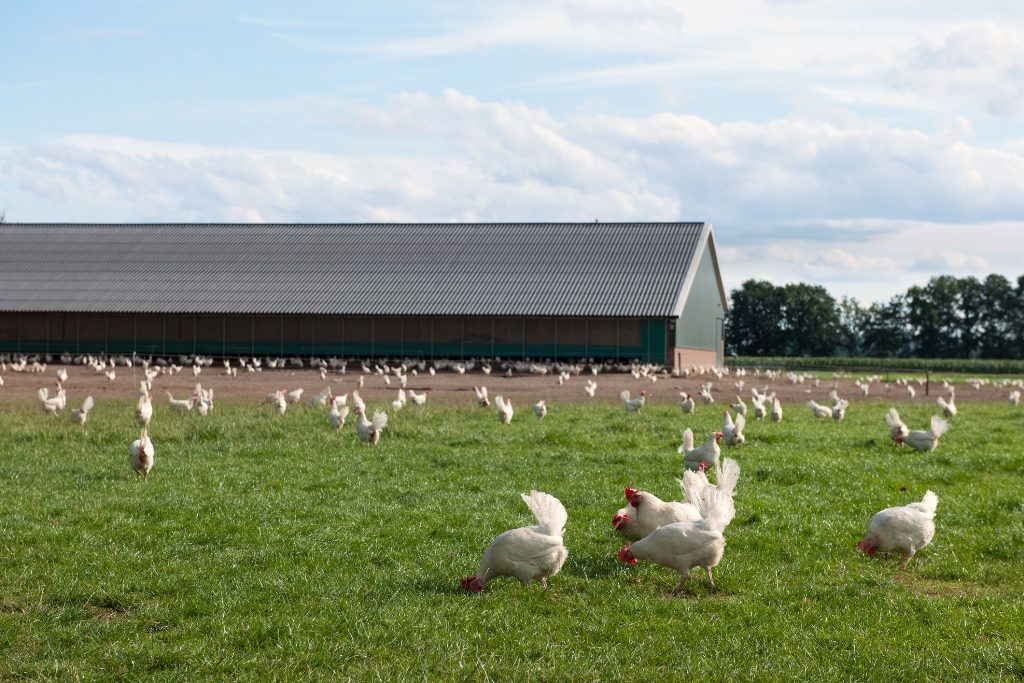
Some 130 years after Thomas Edison and Nikola Tesla fought The War of the Currents, Edison may be getting the last laugh.
Tesla’s alternating current (AC) long ago won the battle over Edison’s direct current (DC). But DC is seeing a resurgence, and with it the chance for co-ops to help members—particularly businesses—be more energy efficient.
DC’s resurgence “is really being driven by the growth of solar PV,” said Brian Sloboda, program and product line manager at NRECA’s Business and Technology Strategies (BTS) unit.
PV on your roof creates DC power, and “right now we have to put an inverter in and convert it to AC. And you lose efficiency,” he explained.
Work is underway on creating hybrid DC systems, which Sloboda said “get you the best of both AC and DC.”
“If you have solar you designate one circuit to be DC. You can use existing wiring—you don’t rip stuff out. But you have to be very specific about the loads on that circuit,” said Sloboda.
One of the companies BTS is talking to is Bosch, which recommends commercial members designate DC circuits for lighting and motor loads like HVAC and exhaust fans.
“LEDs can be fitted with a new driver to operate on DC. The modern motors inside HVACs prefer DC power. So you can run both of those systems more efficiently off of DC,” said Sloboda.
Co-ops have expressed interest in DC for members operating poultry houses, which are lighting-intensive. The Bosch system uses LED lights with DC drivers that allow for remote control of the lighting, eliminating the need to install very expensive lighting control systems.
Poultry houses also have large ventilation fans, which if operated on DC could yield “significant efficiency improvements,” said Sloboda. And since the system could self-generate, and would include a battery, that would decrease concerns about outages.
For residential members, DC is most attractive to owners of electric cars, which prefer DC.
This is still in the research-and-development phase. Three co-ops have expressed interest in doing demonstration projects.
“They see this as an opportunity to bring something new to their commercial and industrial members—to maintain that role as trusted energy adviser—and to perhaps give their C&I members a leg up on the competition,” said Sloboda.
For the moment, the payback period for businesses is a not-so-attractive five years or more. Sloboda said DC could be “somewhat mainstream” for businesses in the next two-to-four years, while for homeowners, eight-to-10 years is a more likely timeline.